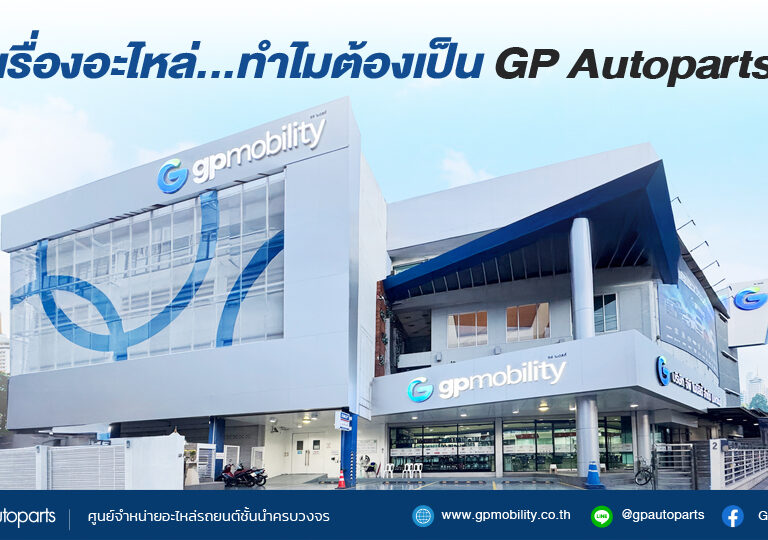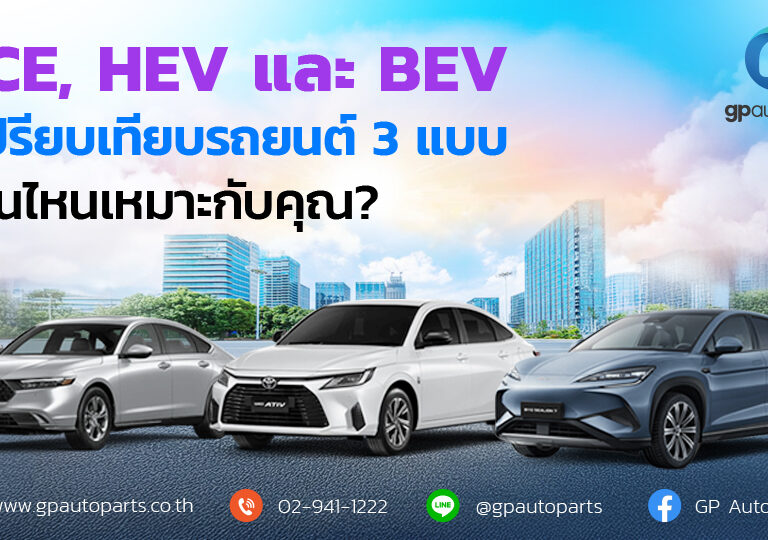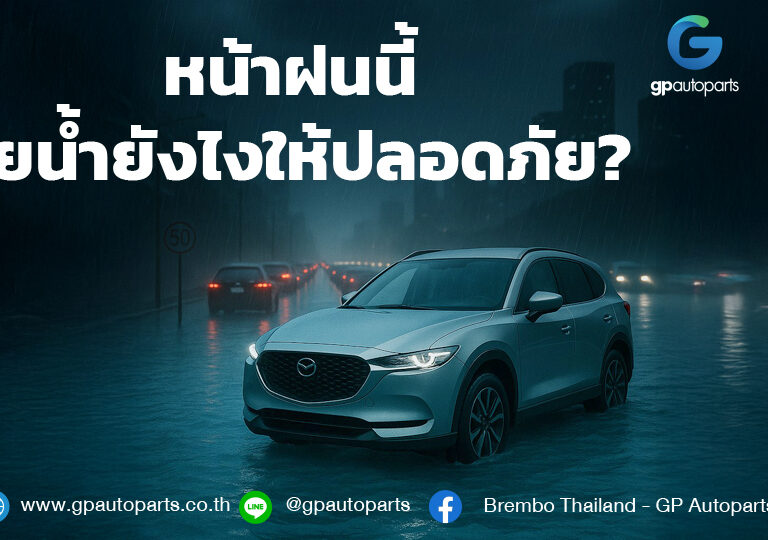
ICE, HEV, or BEV – Which Type of Car Is Right for You?
The Thai automotive market is undergoing a major transformation! Between the familiar Internal Combustion Engine (ICE) cars, the fuel-efficient Hybrid Electric Vehicles (HEV), and futuristic Battery Electric Vehicles (BEV) — which one suits your lifestyle best? This article breaks down the pros and cons of each type to help you decide. ICE – Internal Combustion Engine Vehicles These are traditional vehicles powered solely by combustion engines. They operate by converting the chemical energy from fuel (gasoline or diesel) into mechanical energy. Fuel is mixed with air and ignited inside the cylinders, producing high pressure that pushes the pistons. This motion is then transferred to the crankshaft, ultimately driving the wheels. Pros: Time-tested and widely adopted technology. Fully supported infrastructure, including fuel stations and service centers everywhere. Considerations: Requires regular maintenance such as oil changes. Loses some energy to heat and friction, reducing overall efficiency. HEV – Hybrid Electric Vehicles HEVs combine an internal combustion engine with an electric motor. The two systems work together to improve fuel efficiency. There are variations such as: Full Hybrid – can run on electric power alone for short distances. Mild Hybrid (MHEV) – the electric motor only assists the engine but cannot operate the car on its own. Pros: Significantly better fuel economy, especially in city driving. Electric motor boosts acceleration and reduces engine lag. Considerations: More complex systems mean maintenance for both engine and battery components. Still uses gasoline, so emissions are lower but not zero. BEV – Battery Electric Vehicles BEVs run entirely on electricity with no internal combustion engine. They use a large battery to store energy, which is sent through an inverter to power an electric motor that drives the wheels. BEVs produce zero tailpipe emissions, making them an eco-friendly option. Pros: Instant torque from the electric motor allows fast, responsive acceleration. Zero emissions at the tailpipe — better for the environment. Considerations: Charging takes significantly longer than refueling, requiring careful planning. Battery replacement can be very expensive once the warranty expires.












